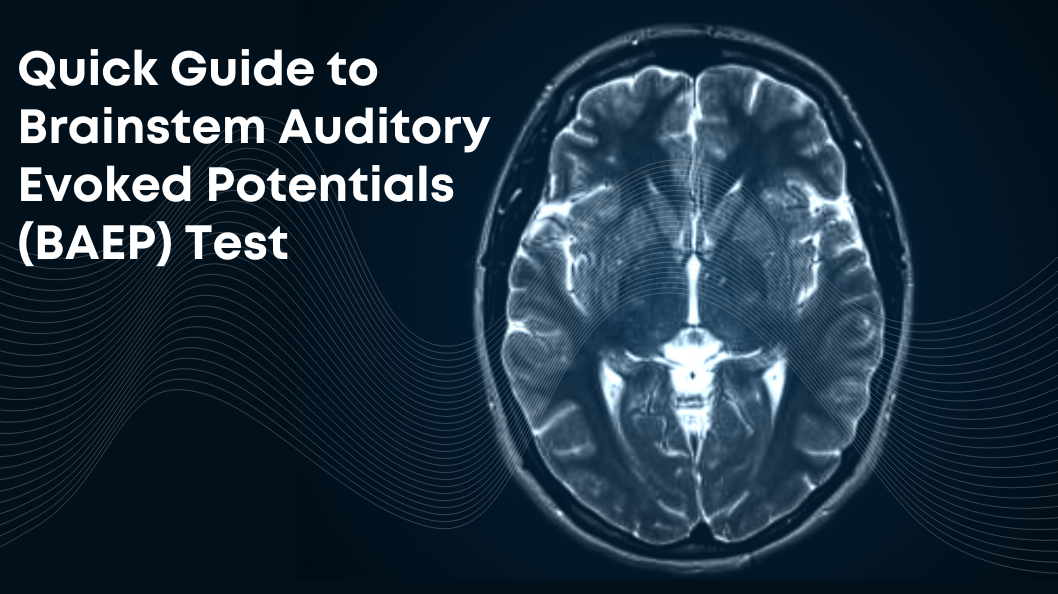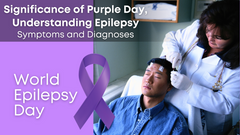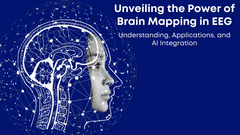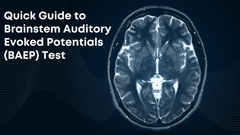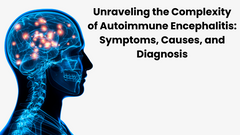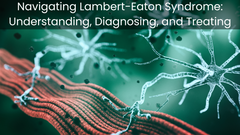Quick Guide to Brainstem Auditory Evoked Potentials (BAEP) Test
In the realm of neurodiagnostic, Brainstem Auditory Evoked Potentials (BAEP) test serves as a valuable tool for evaluating auditory pathway integrity and diagnosing various neurological conditions. This non-invasive procedure provides insights into the functioning of the auditory nerves and brainstem, aiding in the diagnosis and management of auditory disorders.
What is Brainstem Auditory Evoked Potentials (BAEP) Test?
Brainstem Auditory Evoked Potentials (BAEP) test, also known as Auditory Brainstem Response (ABR) test, is a neurophysiological assessment technique used to evaluate the integrity of the auditory nerve pathways from the inner ear to the brainstem. It involves recording the brain's electrical activity in response to auditory stimuli, such as clicks or tones, delivered through earphones to the patient.
How Does it Work?
During a BAEP test, electrodes are placed on the patient's scalp to detect the electrical responses generated by the auditory nerves and brainstem in response to sound stimuli. The test typically involves the following steps:
> Stimulus Delivery: Auditory stimuli, such as clicks or tones, are delivered to the patient through earphones at varying intensity levels and frequencies.
> Electrode Placement: Electrodes are placed on specific locations on the scalp, typically at the vertex (top of the head) and behind the ears, to detect the electrical responses generated by the auditory pathway.
> Recording Responses: As the auditory stimuli are presented, the electrodes pick up the electrical responses, which are amplified, filtered, and averaged to reduce background noise and enhance signal clarity.
> Analysis: The recorded responses are analyzed to identify specific components, including waveforms corresponding to different stages of auditory processing along the brainstem.
What Does it Diagnose?
The BAEP test is utilized for diagnosing various neurological conditions affecting the auditory pathway, including:
> Hearing Loss: BAEP can help differentiate between sensorineural (inner ear or auditory nerve) and conductive (middle ear) hearing loss by assessing the integrity of the auditory nerve pathways.
> Tumors: BAEP can aid in the detection of tumors or lesions affecting the auditory nerves or brainstem, such as acoustic neuromas or brainstem gliomas.
> Multiple Sclerosis (MS): BAEP abnormalities may be indicative of demyelination along the auditory pathways, which can occur in MS and other demyelinating disorders.
> Brainstem Disorders: BAEP can provide insights into the functioning of the brainstem, aiding in the diagnosis of disorders such as brainstem strokes or brainstem encephalitis.
How Diagnosed Conditions Can Be Treated:
The treatment approach for conditions diagnosed through BAEP testing depends on the underlying cause and severity of the condition. Some treatment options may include:
> Hearing Aids: For individuals with sensorineural hearing loss, hearing aids may help amplify sound and improve auditory perception.
> Cochlear Implants: In cases of severe or profound sensorineural hearing loss, cochlear implants may be recommended to bypass damaged hair cells in the inner ear and stimulate the auditory nerve directly.
> Surgical Intervention: In the case of tumors or lesions affecting the auditory pathway, surgical removal or other interventions may be necessary to alleviate symptoms and prevent further complications.
> Medication: For conditions like MS or brainstem disorders, medications aimed at reducing inflammation, managing symptoms, or slowing disease progression may be prescribed.
Clarity Medical EMG-NCS-EP Devices in Conducting BAEP Test:
Clarity Medical's EMG-NCS-EP Devices offers advanced capabilities for conducting BAEP tests with precision and efficiency. Here's how the device facilitates BAEP testing:
> Multi-Modality Functionality: Clarity Medical's EMG-NCS-EP Devices supports multiple neurodiagnostic modalities, including BAEP testing, ensuring comprehensive patient assessment in a single device.
> High-Quality Stimulus Delivery: The device delivers auditory stimuli with high precision and fidelity, ensuring accurate and reliable results during BAEP testing.
> User-Friendly Interface: Clarity’s devices feature an intuitive and user-friendly interface, streamlining the BAEP testing process and enhancing workflow efficiency for healthcare providers.
Conclusion:
Brainstem Auditory Evoked Potentials (BAEP) test serves as a valuable tool in the evaluation and diagnosis of auditory pathway disorders and neurological conditions affecting the brainstem. With its non-invasive nature and ability to provide objective neurophysiological data, BAEP testing plays a crucial role in guiding treatment decisions and improving patient outcomes. Clarity Medical's EMG-NCS-EP Devices further enhances the efficiency and accuracy of BAEP testing, offering healthcare professionals a reliable solution for comprehensive neurodiagnostic assessment.


